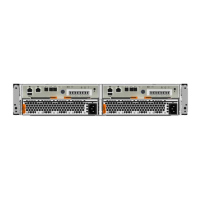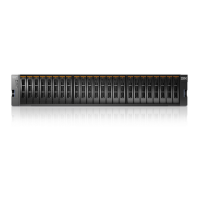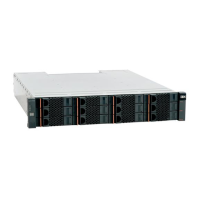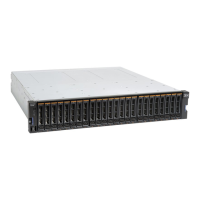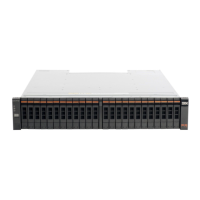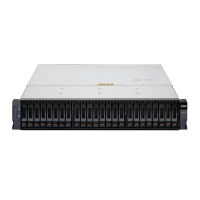Appendix B. Terminology 831
RAID 0
RAID 0 is a data striping technique that is used across an array and no data protection is
provided.
RAID 1
RAID 1 is a mirroring technique that is used on a storage array in which two or more identical
copies of data are maintained on separate mirrored disks.
RAID 10
RAID 10 is a combination of a RAID 0 stripe that is mirrored (RAID 1). Therefore, two identical
copies of striped data exist; no parity exists.
RAID 5
RAID 5 is an array that has a data stripe, which includes a single logical parity drive. The
parity check data is distributed across all the disks of the array.
RAID 6
RAID 6 is a RAID level that has two logical parity drives per stripe, which are calculated with
different algorithms. Therefore, this level can continue to process read and write requests to
all of the array’s virtual disks in the presence of two concurrent disk failures.
Read intensive drives
The Read Intensive (RI) flash drives (SSD drives) that are available on IBM Storwize V5000
Gen2, IBM Storwize V7000 Gen2, and IBM SAN Volume Controller 2145-DH8/24F are one
Drive Write Per Day (DWPD) Read Intensive drives.
Rebuild area
Reserved capacity that is distributed across all drives in a redundant array of drives. If a drive
in the array fails, the lost array data is systematically restored into the reserved capacity,
returning redundancy to the array. The duration of the restoration process is minimized
because all drive members simultaneously participate in restoring the data. See also
“Distributed RAID or DRAID” on page 823.
Redundant storage area network
A redundant SAN is a SAN configuration in which there is no single point of failure (SPoF);
therefore, data traffic continues no matter what component fails. Connectivity between the
devices within the SAN is maintained (although possibly with degraded performance) when
an error occurs. A redundant SAN design is normally achieved by splitting the SAN into two
independent counterpart SANs (two SAN fabrics), so that if one path of the counterpart SAN
is destroyed, the other counterpart SAN path keeps functioning.
Relationship
In Metro Mirror or Global Mirror, a relationship is the association between a master volume
and an auxiliary volume. These volumes also have the attributes of a primary or secondary
volume.
Reliability, availability, and serviceability
Reliability, availability, and serviceability (RAS) are a combination of design methodologies,
system policies, and intrinsic capabilities that, when taken together, balance improved
hardware availability with the costs that are required to achieve it.

